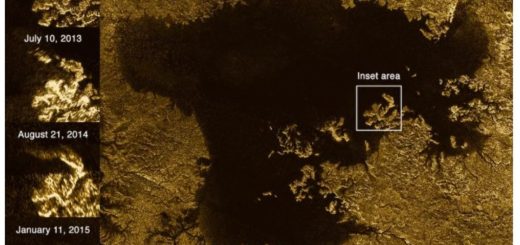A Brief History of Booze in Space

If you’ve ever suspected that some astronauts sneak a little bit of booze into space, you’re not wrong. A few tipples have even been state sanctioned.
Russian cosmonauts may have been the first to imbibe in orbit. According to Mir space station alum Alexander Lazutkin, cognac was part of cosmonauts’ rations dating back to the beginning of the Space Age. He said that their doctors recommended it to “stimulate our immune system and on the whole to keep our organisms in tone.” And Alexander Poleshchuk, stationed on Mir in 1993, once reported finding extra bottles squirrelled away on the space station.
Meanwhile, the earliest instance in NASA’s records is when Buzz Aldrin drank on the moon. No, it wasn’t an astro-frat party. Aldrin, an elder of the Webster Presbyterian church, brought small packets of communion bread and wine along with him. He partook of them in a nondenominational ceremony during the first few hours after Apollo 11 landed on the moon, though the event was never broadcast.
Not all of alcohol’s forays into space have been successful, however. A plan to send sherry to Skylab was canceled after tests on a zero-G plane ended in cabin-wide stomach upset, and the bubbles in carbonated beverages like beer tend to produce wet burps.
All of these stories are anecdotal, not scientific. So where’s the hard research on booze in space? As the above video explains, Ardbeg distillery has now experimented with aging Scotch whisky on the International Space Station. It’s not a trivial experiment: Their findings highlight the ways in which microgravity influences the chemical compounds that our senses interpret as aroma and flavor. This could be a huge first step in making future space exploration – and colonization – more comfortable.
By the way, in case you’re curious about what space whisky tastes like, we’ve included the aroma and tasting notes from Ardbeg’s white paper on the experiment. Both the control and the ISS samples were aged in vials containing charred oak wood shavings to approximate traditional barrel-aging conditions.
Control (Earth) Sample:
Aroma – Very woody, hints of cedar wood, sweet smoke and aged balsamic vinegar. Hints of raisins, treacle toffee, vanilla and burnt oranges. Very reminiscent of an aged Ardbeg style.
Taste – Dry palate, woody/balsamic flavours, sweet smoke and clove oil. A distant fruitiness (prunes/dates), some charcoal and antiseptic notes. The aftertaste is long, lingering and typically Ardbeg, with flavours of gentle smoke, briar wood, tar and some sweet, creamy fudge.
ISS Sample:
Aroma – Intense and rounded, with notes of antiseptic smoke, rubber, smoked fish and a curious, perfumed note, like cassis or violet. Powerful woody notes, hints of graphite and some vanilla. This then leads into very earthy/soil notes, a savoury, beefy aroma, and then hints of rum & raisin flavoured ice cream.
Taste – A very focused flavour profile, with smoked fruits (prunes, raisins, sugared plums and cherries), earthy peat smoke, peppermint, aniseed, cinnamon and smoked bacon or hickory-smoked ham. The aftertaste is pungent, intense and long, with hints of wood, antiseptic lozenges and rubbery smoke.



 Creators of mankind
Creators of mankind Description of “Tall white aliens”
Description of “Tall white aliens” Where they came from?
Where they came from? About hostile civilizations
About hostile civilizations The war for the Earth
The war for the Earth “Tall white aliens” about eternal life
“Tall white aliens” about eternal life Video: “Nordic aliens”
Video: “Nordic aliens” Aliens
Aliens Alien encounters
Alien encounters The aliens base
The aliens base UFO
UFO Technology UFO
Technology UFO Underground civilization
Underground civilization Ancient alien artifacts
Ancient alien artifacts Military and UFO
Military and UFO Mysteries and hypotheses
Mysteries and hypotheses Scientific facts
Scientific facts


















